Bioengineering Senior Capstone Design
Overview
Bioengineering Senior Capstone Design is an intense, open-ended, team-based design experience—spanning Fall and Winter quarters—in which students learn by applying the biodesign innovation process for health technology innovation.
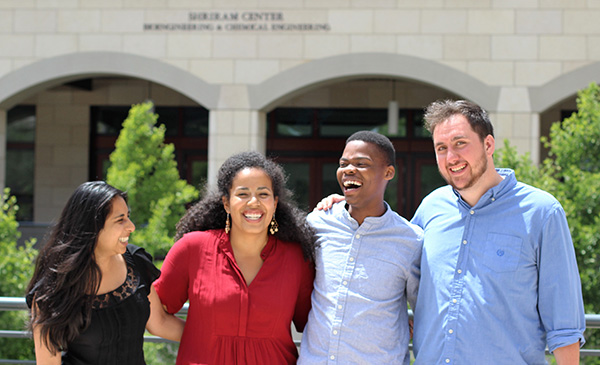
During Fall quarter, student teams research and specify an unmet healthcare need; invent a technology-based solution to the need; create a feasibility test plan; and begin prototyping and performing experiments.
During Winter quarter, teams build and refine solutions iteratively according to self-defined project plan milestones, working toward a works-like prototype with proof-of-concept data and potential for preclinical and/or clinical testing.
We encourage students to pursue external funding to help advance their projects beyond the course. Past project teams have continued via independent study during Spring quarter, and have been competitive for awards from national collegiate engineering challenges and for translational research grant funding.
The Stanford Biodesign community of experts supports the student teams through clinical and technical mentorship and guest lectures on topics from stakeholder and market analysis to legal, regulatory, and commercialization.
High-performing teams are given the option to continue working on their projects beyond the end of the course through the “Biodesign NEXT" extension funding program. Learn more about Biodesign NEXT.
| Course title | ||||||||
|---|---|---|---|---|---|---|---|---|
| Bioengineering Senior Capstone Design | ||||||||
|
||||||||
|
||||||||
| Learning goals | ||||||||
|
Bioengineering Senior Capstone Design Course Leaders
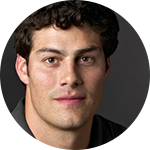 David Camarillo Assistant Professor, Bioengineering
David Camarillo Assistant Professor, Bioengineering Richard Fan Instructor, Undergraduate Programs
Richard Fan Instructor, Undergraduate Programs
Clinical Assistant Professor, Urology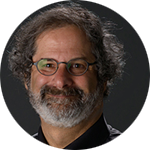 Douglas Rait Associate Director, Team Learning and Design
Douglas Rait Associate Director, Team Learning and Design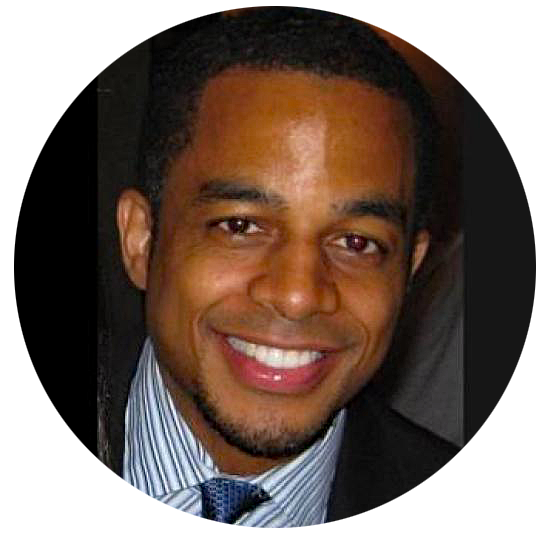 Joseph Towles Lecturer, Bioengineering & Mechanical Engineering
Joseph Towles Lecturer, Bioengineering & Mechanical Engineering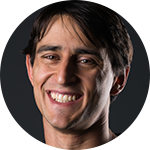 Ross Venook Assistant Director, Engineering
Ross Venook Assistant Director, Engineering
Lecturer, Bioengineering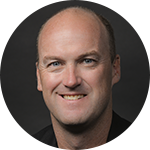 James Wall Director for Program Development, Innovation Fellowship
James Wall Director for Program Development, Innovation Fellowship
Assistant Professor, Pediatric Surgery and Bioengineering (Courtesy)
